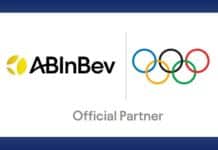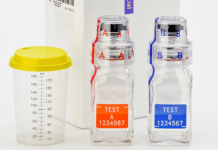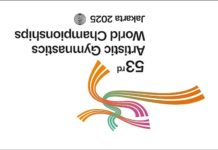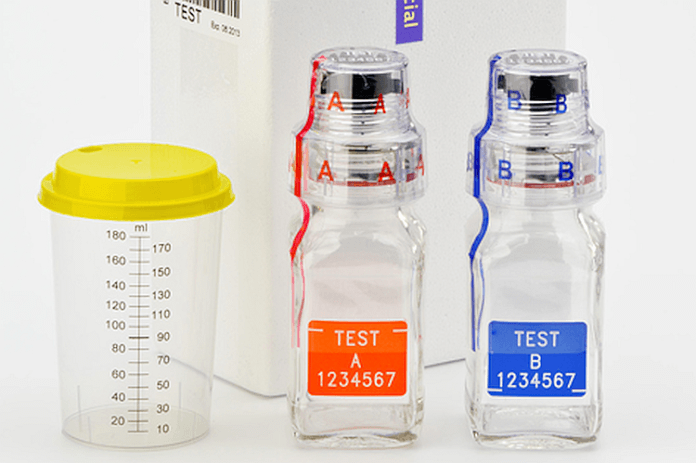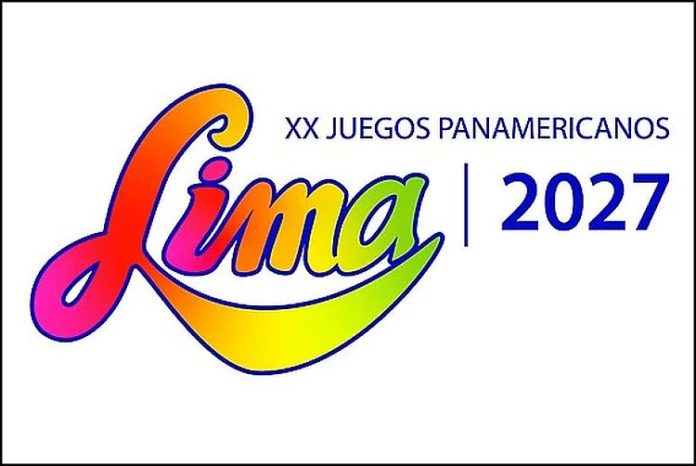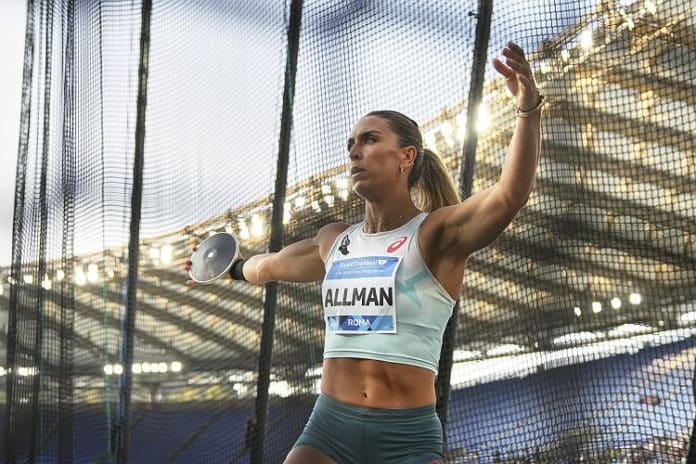★ The Sports Examiner: Chronicling the key competitive, economic and political forces shaping elite sport and the Olympic Movement.★
★ To get the daily Sports Examiner Recap by e-mail: sign up here! ★
≡ WADA TESTING REPORT ≡
The annual World Anti-Doping Agency testing report for 2023 has finally been published, with good news that the amount of testing worldwide has reached an all-time high:
● 238,827 tests analyzed for Olympic-sport athletes
● 1,373 positive tests (0.57%)
● 359 “atypical findings” (0.15%)
● 1,732 tests needing follow-up (0.73%)
WADA also reported 50,038 tests for non-Olympic sports for a total of 288,865 tests. Possible issues were reported with 1,037 – or 2.07% – of these tests, a much higher rate.
Compared with recent years coming out of the Covid-19 pandemic, the number of tests in the Olympic sports has skyrocketed, while the total number of adverse findings and “atypical” findings has also rebounded:
● 220,659 tests in 2018
● 227,032 tests in 2019
● 127,483 tests in 2020 (Covid)
● 207,008 tests in 2021
● 218,774 tests in 2022
● 238,827 tests in 2023
● 0.82% of 2018 tests with adverse-atypical findings
● 0.79% in 2019
● 0.61% in 2020 (Covid)
● 0.60% in 2021
● 0.70% in 2022
● 0.73% in 2023
The primary test method continued to be urine collection 80.8%, with blood sampling accounting for 19.2% and growing. Across all tests for all sports, 63.8% of those tested were men.
The most active of the 30 WADA-accredited labs worldwide in terms of samples analyzed were led – as usual – by Cologne (GER) at 24,301, followed by Seibersdorf (AUT: 22,402), Beijing (CHN: 21,204), Paris (FRA: 19.957) and Ghent (BEL: 14,029). The busiest U.S. lab was in Salt Lake City, Utah at 10,618.
In terms of the most-favored drugs to try and cheat with, anabolics continue in the lead. Across all samples, for Olympic and non-Olympic sports, the leading choices for doping:
● 1,660 occurrences of 3,724 total: anabolic agents
● 554 occurrences: diuretics
● 464 occurrences: stimulants
● 323 occurrences: hormone and metabolic modulators
● 312 occurrences: peptide hormones and growth factors
The leading sports for samples analyzed started, as always, with athletics:
● 41,593: Athletics
● 35,511: Football
● 24,969: Cycling
● 17,165: Aquatics
● 12,103: Weightlifting
● 10,390: Rugby
● 7,383: Tennis
● 7,335: Wrestling
● 6,531: Basketball
● 6,062: Rowing
Weightlifting had the highest total of adverse findings at 1.8% (214), followed by wrestling at 1.1% (82) and roller sport (1.0%: 11) as the only Olympic-sport federations at 1.0% or more. The largest number of adverse findings was in athletics, of course, at 332. Boxing (only five tests) and modern pentathlon had no adverse findings, and sailing and surfing had just one each.
Winter-sport testing totals were much lower; five had more than 1,000 tested:
● 7,753: Skiing (all disciplines)
● 4,442: Skating (all disciplines)
● 3,958: Ice Hockey
● 2,579: Biathlon
● 1,548: Bobsleigh & Skeleton
Ice hockey had 25 adverse findings (0.7%), curling was at 0.8% and luge had no adverse findings at all.
In other sports, those with percentages were over 2% – with 100 or more tests – included bodybuilding at 11% (156/1,410), powerlifting (4.2%: 155/3,712) and arm wrestling (6%: 19/264), kickboxing (3.4%), American football (2.9%), auto racing (2.5%) motorcycling, muaythai and wushu (2.3%) and billiards and sambo (2.0%).
It’s important to note that WADA does not do the testing itself. Tests are done primarily by national or regional anti-doping organizations (70.9%) and International Federations (24.6%).
Looking at the number of samples collected by country – meaning national anti-doping organizations – the leaders:
● 28,197: China (0.2% reported adverse findings)
● 15,153: Germany (0.4%)
● 11,368: France (0.9%)
● 10,395: Russia (1.0%)
● 8,826: Italy (0.9%)
● 8,036: Great Britain (0.4%)
● 6,798: United States (1.0%)
● 6,334: Japan (0.2%)
● 5,606: India (3.8%)
● 4,342: Canada (0.9%)
What does all this mean? In short: there’s more testing, better testing and not that many positives. But a single doper in a single event impacts a dozen or more athletes, and so the fight goes on. It’s not over and it’s not close to over. But the anti-doping community, by this report, is trying.
The report acknowledged that the time lag between the end of the testing period and this report was too long, and that the 2024 report should be available by the end of this year.
¶
★ Receive our exclusive, weekday TSX Recap by e-mail by clicking here.
★ Sign up a friend to receive the TSX Recap by clicking here.
★ Please consider a donation here to keep this site going.
For our updated, 694-event International Sports Calendar for 2025 and beyond, by date and by sport, click here!



